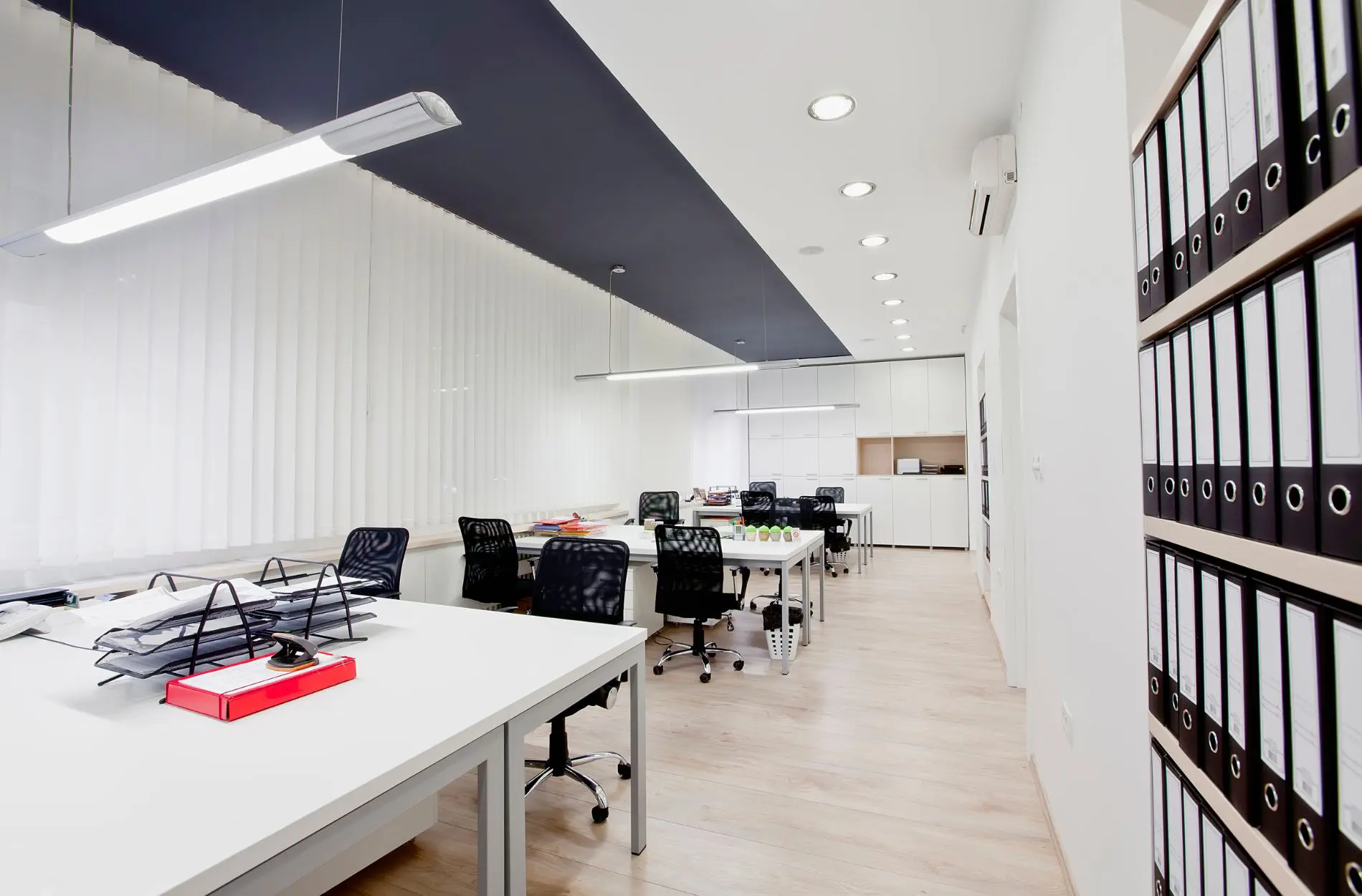Best Practices for Paint Ventilation in Commercial Spaces

When it comes to commercial interior painting, ventilation isn’t the first thing most people think about. Color choice, design, and surface prep are usually the main focus, but making sure the air is safe to breathe is just as important. If paint fumes linger too long without a proper airflow plan, it can lead to odors, side effects for workers, and delays in getting your space back to normal. Keeping indoor air clean during and after painting isn’t just about comfort. It’s about safety and productivity, too.
Poor ventilation can result in a stuffy environment that affects employee focus and well-being. Strong fumes might bother people even days after the paint dries. Whether you’re repainting an office, retail space, or any other commercial area, having a solid plan for airflow can save you stress. Being mindful of how air moves through your space helps reduce risks tied to painting and allows everyone to return to a healthier workspace faster.
The Importance of Ventilation During Commercial Interior Painting
Paint fumes can seem like a short-term issue, but they affect air quality more than most realize. Once paint goes on the walls, chemicals like VOCs, or volatile organic compounds, start releasing into the air. Without fresh air moving through the space, these fumes can build up and hang around, making it harder to breathe comfortably.
The problem isn’t just about smell. These fumes can cause headaches, dizziness, nausea, and fatigue. In closed-off rooms with little to no airflow, the symptoms can worsen. People with asthma or other respiratory issues may feel the effects more.
With good ventilation, fumes can be pushed out quickly. This keeps the space easier to work in and makes the painting job turn out better, too. Proper airflow helps paint dry evenly, avoiding patchiness or bubbling caused by trapped moisture or lingering chemicals.
When you’re trying to keep a workplace open during painting, managing the fumes gets more important. Projects with tight deadlines leave no room for lingering odors or uncomfortable indoor air. Smart airflow planning helps teams work faster and minimizes downtime for businesses.
Effective Ventilation Techniques for Commercial Spaces
You don’t need anything too high-tech to handle ventilation the right way. It’s more about using the space correctly and moving air smartly. Depending on the building and its layout, a mix of natural and mechanical options usually works best.
Here are some techniques that help support good ventilation:
- Open windows and doors when possible to allow fresh air to circulate and carry fumes out
- Run HVAC fans to help airflow, but check with a supervisor to avoid spreading fumes through vents
- Point box fans outward toward windows or doors to push fumes outside
- Use portable air movers to bring fresh air into enclosed rooms
- Block off areas under active painting with plastic sheets or temporary dividers to manage fume travel
Some spaces with tall ceilings or big windows will respond better to natural air movement. Others deeper into buildings may need more mechanical support. The important part is to have these systems planned before painting begins.
Planning and Preparation for Optimal Ventilation
A good commercial painting project always starts with a plan. Thinking about ventilation before the first can of paint is opened prevents problems down the road. By taking time to walk the building and figure out where airflow might struggle, you can set things up to keep everyone safe and comfortable.
Start by reviewing the layout of the building. Look at how air typically moves around the space. Check for windows, doors, vent positions, aisleways, and closed-in rooms. Bigger open spaces like lobbies or shop floors behave differently from smaller conference rooms or break areas.
When areas will stay in use during painting, it’s helpful to tell people upfront. Employees or tenants should know where the painting is happening and what’s being done to manage fumes.
Steps that help during prep:
- Identify shared spaces like hallways or kitchens that may need extra attention
- Figure out dead zones where airflow is naturally blocked or weak
- Plan how long windows or doors will stay open and how to manage temp changes
- Label painted areas clearly to encourage people to keep their distance
- Check in with property managers for access to HVAC settings or mechanical controls
Handling all of this on the front end keeps the job together and your team informed. It also shows care for the space and the people who use it.
Post-Painting Ventilation Best Practices
Once the final coat is on, the job still isn’t done. Even though walls may feel dry to the touch, VOCs can keep releasing long after application. This makes post-paint airing out just as important as what happens during the project.
Let the space keep breathing after painting is done. Don’t shut doors and switch off fans right away. Give chemicals time to exit the building and let fresh air fully replace them.
Some things to keep in mind after painting:
- Leave open windows, exhaust fans, or HVAC fans running for 48 to 72 hours if possible
- Let people know that painted areas are still airing out to avoid early re-entry
- Check air quality or ask for a professional inspection if the space still feels heavy or smells strong
- If your building has regular maintenance, have them change or clean HVAC filters after painting
Getting airflow right after the work wraps up helps preserve the quality of the paint and makes the indoor space feel better. When the air is clean and free of leftover smells, it’s easier to open up for employees or customers.
How Equipped Painting Ensures Excellent Ventilation Practices
At Equipped Painting, we treat ventilation as a required part of commercial projects, not a backup task. Managing airflow during interior painting is part of how we do business responsibly. Every building is different, and we adjust based on how air moves in your space.
We take time to plan how fumes will exit and how fresh air can move in. We don’t guess — we look at how your building operates day to day. Whether your facility has shared spaces or runs around the clock, we tailor our approach so the job runs smoothly and the space stays safe during and after painting.
During work, our team tracks how things are progressing and watches how the smells, conditions, and drying are going. We’re able to shift the plan in real time to keep everything on track and minimize discomfort near the workspace. We check air flow, paint behavior, and comfort levels throughout.
We also don’t leave people wondering. Building supervisors or business owners get updates from us, so they understand what’s happening and why. Whether it’s an office that stays open during work or a public space with visitors nearby, we make sure everyone’s informed.
Keeping Your Workspace Healthy and Safe with Professional Painters
Planning airflow during commercial interior painting might feel like a small thing, but ignoring it can throw off everything else. Paint jobs turn out better when the air supports good drying. People feel more comfortable working and moving through the space, and businesses can reopen faster after the job.
When you hire professional painters who know how to balance safety and quality, you get results that last longer and give you less to worry about. Ventilation brings everything together quietly in the background, so the real focus stays on how the space looks and feels once the work is done. Proper airflow, handled by the right team, goes a long way to protect both your property and the people using it.
Elevate your workspace with the assurance that comes from hiring top-notch commercial painting contractors. At Equipped Painting, we prioritize optimal ventilation practices to ensure safety and efficiency in every commercial painting project. Our team is dedicated to providing a seamless balance of professional quality and a healthy environment. Let’s work together to create the perfect space for your business needs.


